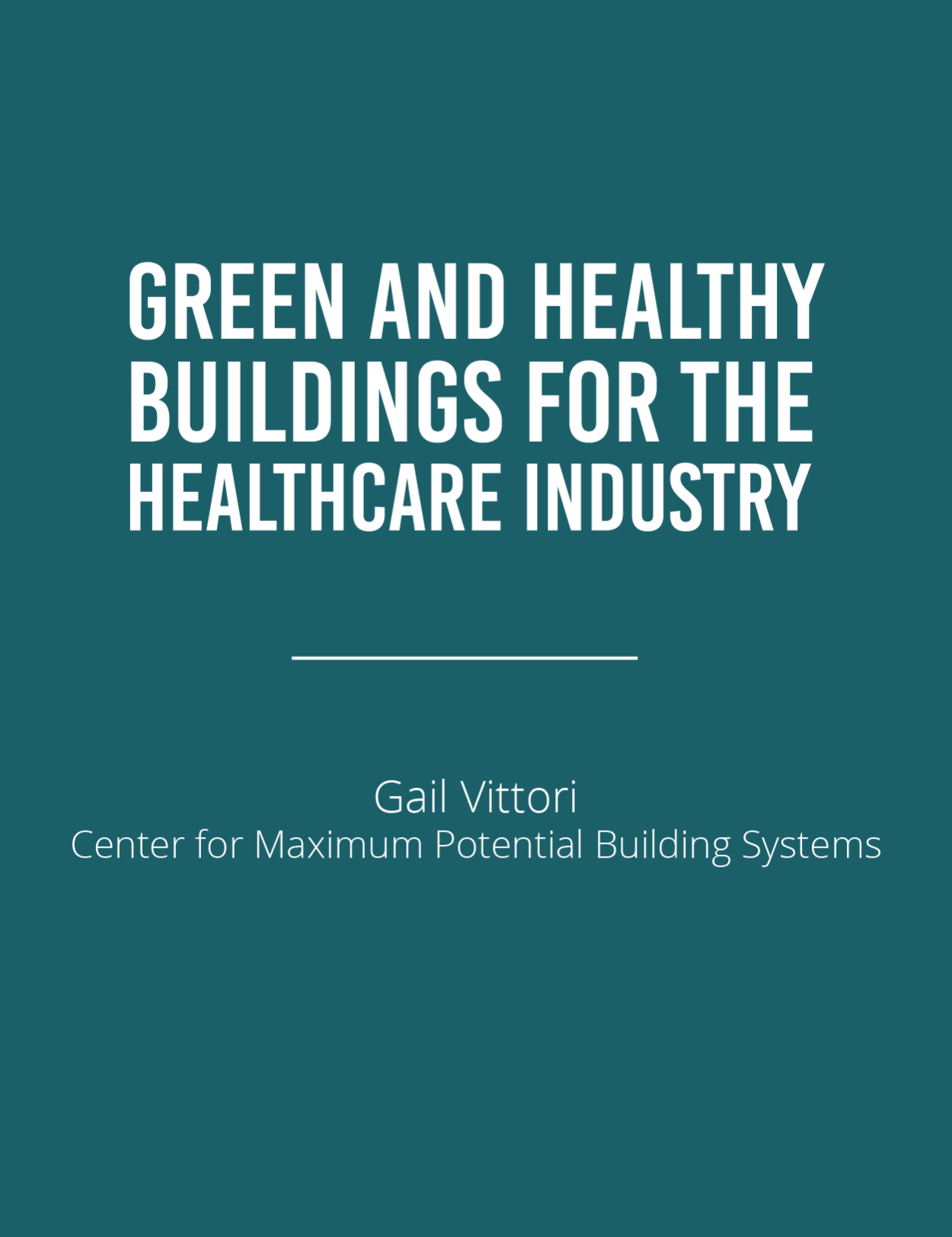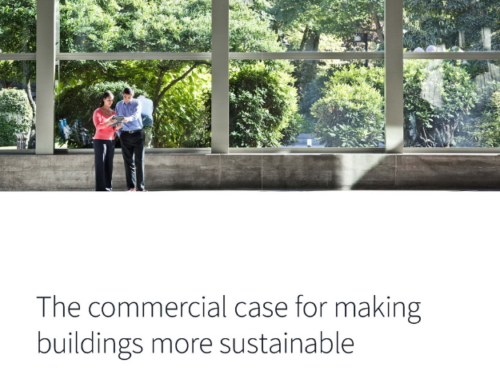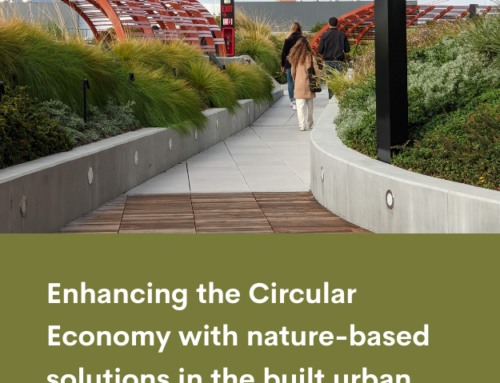Green & Healthy Buildings for Healthcare

How buildings are designed, and the materials and methods used to construct and operate them, have significant consequences to the natural environment and health outcomes of people outside of the building envelope as well. Building-related activities are responsible for 35% to 45% of CO2 releases into the atmosphere,iii a precursor to global warming, and deplete the stratospheric ozone layer by using refrigerants and products, including some insulation materials, manufactured with ozone depleting compounds. Buildings use over 75% of the polyvinyl chloride (PVC or vinyl) produced.iv Manufacture and disposal of PVC, as well as its combustion in accidental fires, is linked to emissions of a wide range of persistent bioaccumulative toxins. Indeed, PVC is likely the leading material contributor to the environmental release of dioxin, the most potent synthetic carcinogen ever measured. Construction also accounts for about 40% of raw stone, gravel, sand, and steel consumption, and 25% of virgin wood. Buildings use about 40% of energy resources and 16% of water, while building construction and demolition generates about 25% of municipal solid wastes.v Each of these impacts has direct or indirect consequences on human health, the extent of which is becoming better understood as the interconnections between buildings, human health and environmental quality are subjected to more rigorous analyses.





